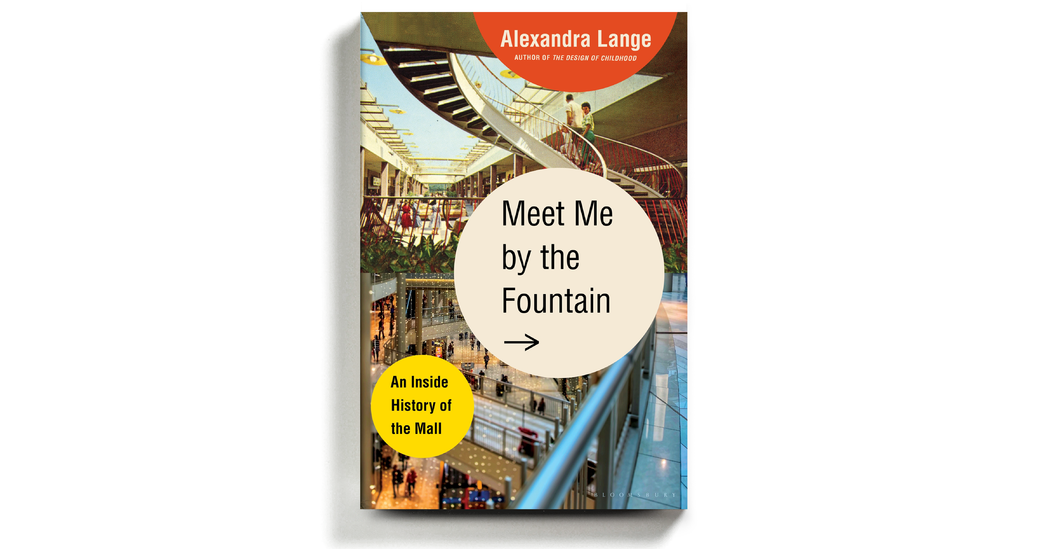
The phrase for this seductive maneuver is the “Gruen transfer,” wherein what starts as a single item on a to-do list oozes into an ecstasy of associative spending. Department stores had already recognized and capitalized on this behavior, with their dense and dizzyingly varied offerings. But Gruen’s shopping centers required even less of a pretext for visiting than a department store. With all of Gruen’s built-in attractions, a person could go to the mall for no reason at all.
Architectural Forum covered Southdale breathlessly, raving that the “flow up and down is so easy and uninhibited, and so much gaiety is added by that second layer of moving people, lights and color, that timidity about two-level design now seems pointless.”
Being a multiuse space, malls quickly came to mean different things to different people. They were a workplace to some and a pleasure dome to others. For Joan Didion, writing in Esquire in 1975, malls represented “the perfect fusion of the profit motive and the egalitarian ideal.” They were simultaneously sedating and stimulating. While working at Vogue, Didion took a correspondence course in shopping-center theory and fantasized about building her own mall, which would include Chinese restaurants, Mylar kites and “bands of small girls playing tambourine.” She recalled stopping by the Ala Moana Center in Honolulu to buy a newspaper and walking out with two hats, four bottles of nail polish and a toaster. A classic Gruen transfer.
Lange is evocative when it comes to the affective elements of mall culture, but her book is occasionally weighed down with cluttering detail. Do we need to know that a landscape architect named Richard Vignolo was nicknamed “Viggy”? (Or “Viggie,” as an obituary elsewhere spells it.) Is it critical to note that the design mark of a Dallas mall was featured, at one point, in dark green on a lighter green background, while later versions experimented with slightly different shades of green? Do we need to know where the current owners of that same mall went to graduate school?
When a nonfiction book bends under the weight of data dumping, I tend to fault the editor rather than the writer. Spending years neck-deep in archives can cause a perspectival shift in which every detail becomes a darling. That’s the point at which a cleareyed editor should swoop in with advice about which ones to kill.
Still, this book is a useful survey, and Lange opens plenty of avenues for readers to wander down, from the curious micro-genre of “mallwave” music to the devious ways in which developers have rendered malls hostile to so-called undesirable customers. The Esquire issue in which Didion’s essay appeared was devoted to “Great American Things,” and included paeans to apple pie, bluejeans, baseball, bourbon and television. The rest of those things are still going strong. Whether malls will abide — whether they should — remains to be seen.




